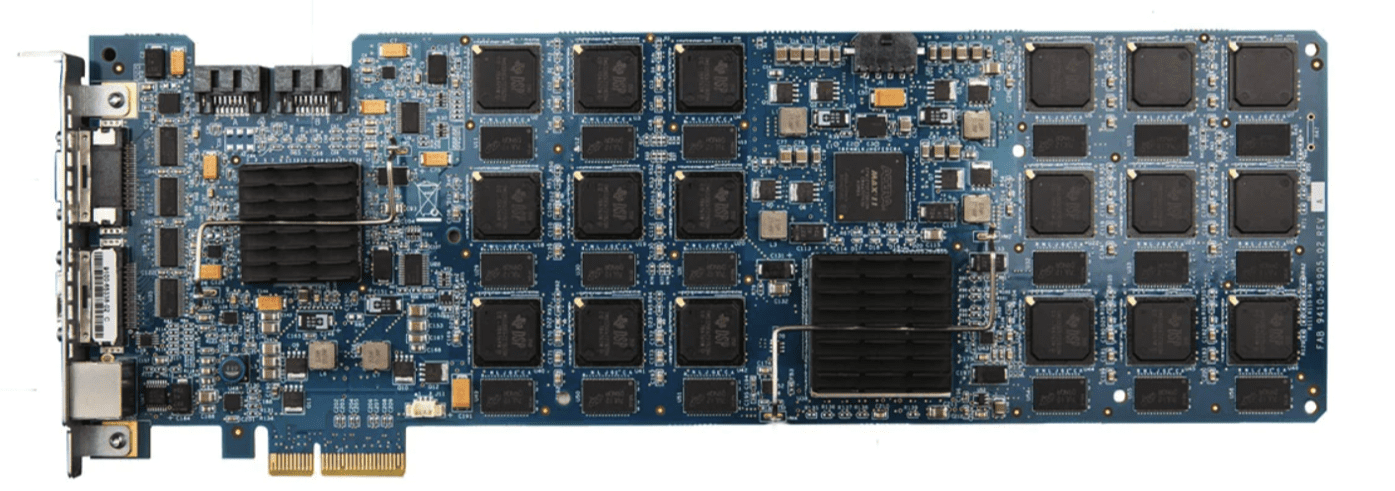
Apple’s tools have been the bedrock of creative production for over two decades – graphics, video editing, and audio mixing.
But there is a pesky, painful problem:
How do you install a hardware card into a Macintosh where the only choice is a $5k system?
TL;DR For most uses, you don’t need to buy a Mac Pro or throw out a specialized card. You can get a Thunderbolt breakout box, like the Akitio Node Titan eGPU, and connect it to the Mac you already have.
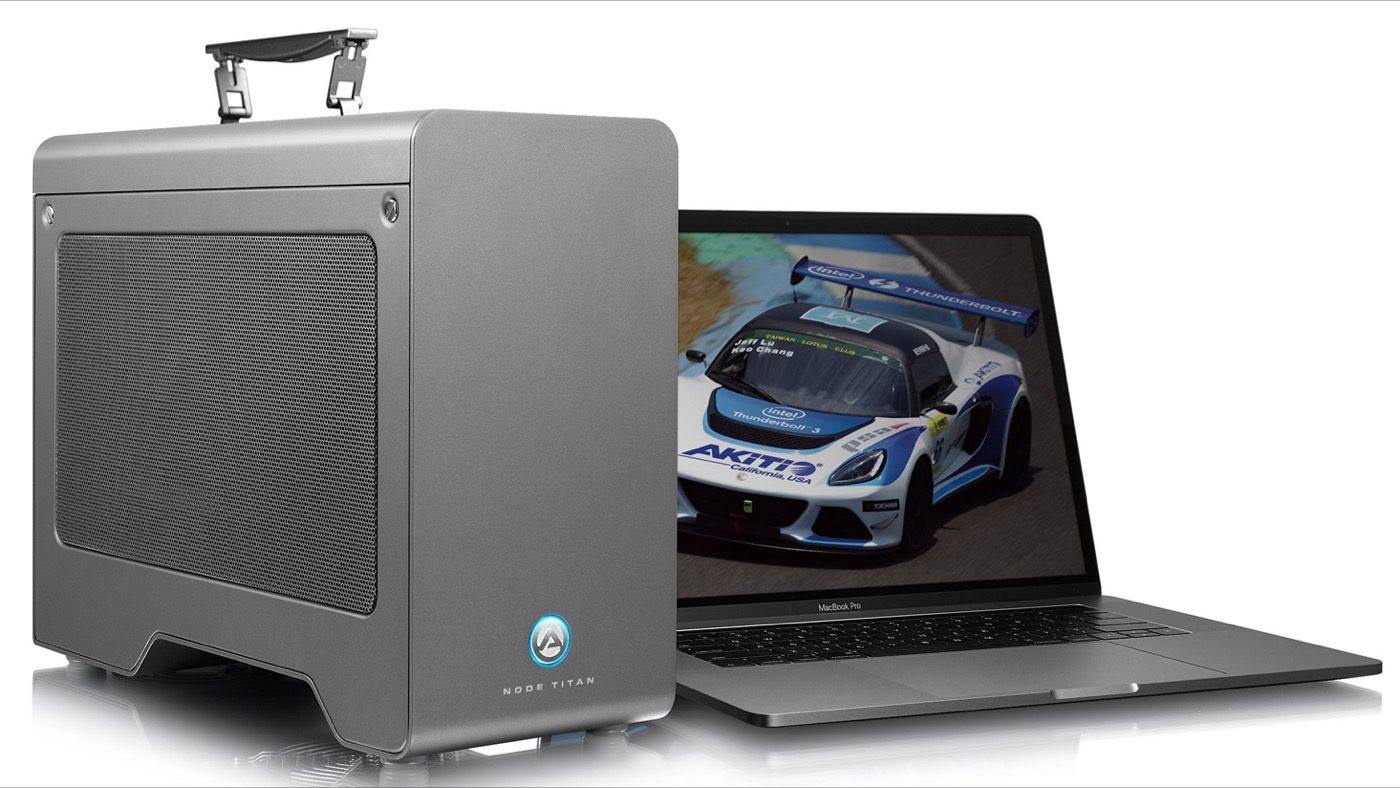
I’m a professional in post-production. I specialize in Edit and Color, along with consultation and education. The reason for this article? Avid ProTools and, specifically, their Avid HDX Card (street pricing ~$4k). Cards like this are necessary for higher-end workflows to produce enough audio channels with nearly zero latency.
I recently talked to a friend who owns an audio mixing house heavily invested in macOS. Systems, storage—tens of thousands of dollars. They’ve been using a Mac Pro system since 2013. The reason? It has slots. They’re afraid to upgrade…even though they desperately—desperately—need to upgrade.
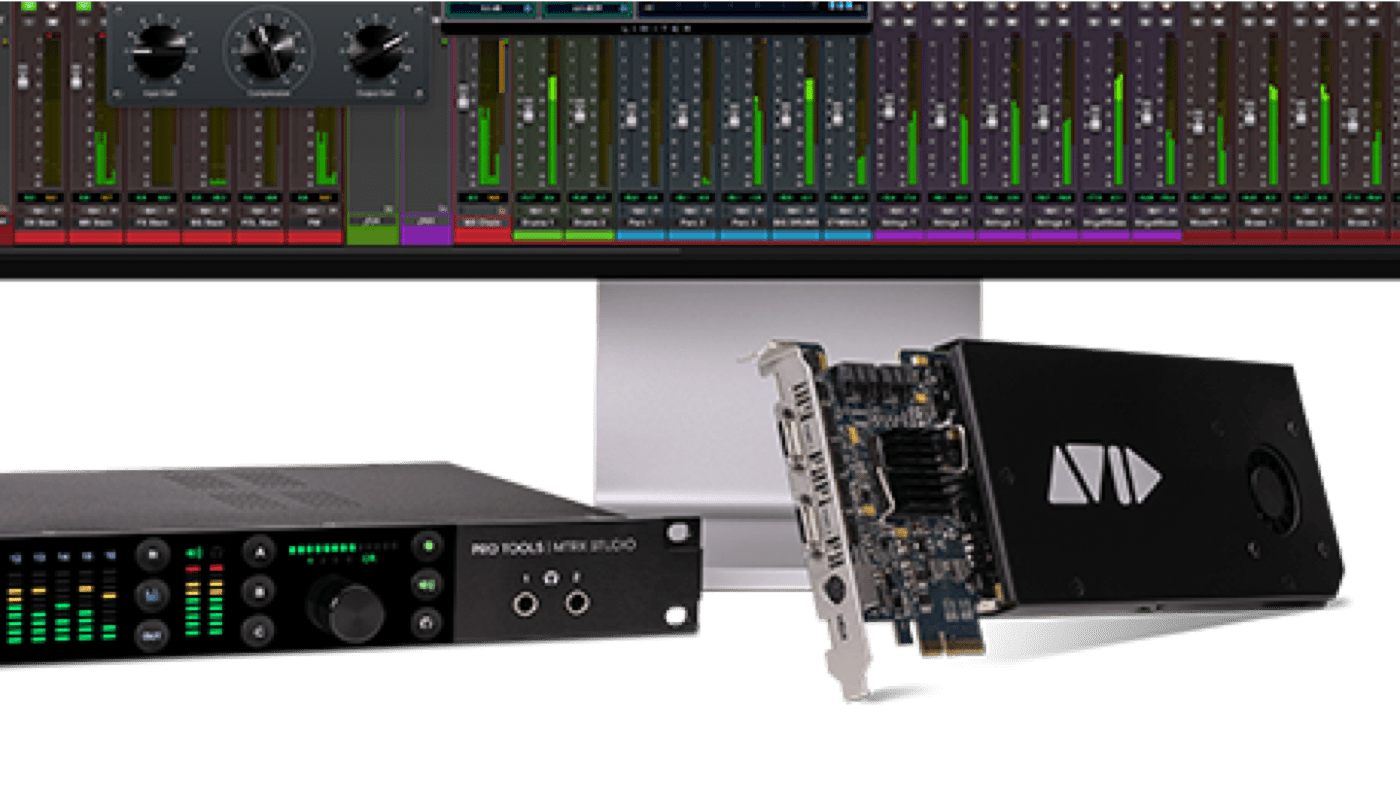
Why are they afraid? They need a system with a slot for a Dedicated Signal Processing (DSP) card from Avid. It’s the Avid HDX card. The only Macintosh that you can add cards to is the $5,000 Mac Pro. And that’s the entry price. Well configured, the current Mac Pro is easily a $7,000 system.
Solution: This upgrade struggle is solved with the Node Titan, a $330 (approximate price) box that connects to every currently shipping Mac. Including the 13″ Macbook Pro (more on that in a second.) Even though the Node Titan is technically built for externally connecting GPU cards, this enclosure, it’s 650W power supply, and Thunderbolt 3 connection can support the Avid HDX as well.
A little about Avid ProTools
If you’re not aware, ProTools is standard in professional audio post-production. It’s used to mix music, podcasts, and more. But if you’re finishing a show for Netflix, a series for Apple TV, or mixing audio for a theater – ProTools is the weapon of choice. Especially over the last several years, where Dolby’s Atmos immersive surround sound technology has pushed the envelope. ProTools has been on the forward edge of Atmos implementation.

A little about Dolby Atmos
Listening to an Atmos mix is incredible. If you’re familiar with 5.1 or 7.1, Atmos goes further by including vertical positioning of sound – meaning sounds are in three dimensions. Next time you’re at a theater, pick a film showing in Atmos. It’s an immersive difference.
I’m not going to debate whether or not you should use Protools. There are other excellent tools on the market.
Thunderbolt to the rescue
But the $5,000 elephant in the room is the Mac Pro. The problem: “What do you do when you need to add a hardware card to Apple computers that aren’t a Mac Pro?”
That’s where Thunderbolt comes in. Thunderbolt can communicate directly with the CPU. USB-C (which is also excellent), cannot do this. Apple has always been progressive about their ports—they build their systems well, especially in this regard. Their Thunderbolt implementation has always been top of the line. (Don’t get me started on some of the confusion on Windows systems.)
Apple has almost entirely switched to M1 systems on a chip. They’re amazing workhorses. Apple has, in many ways, leapfrogged their prior CPUs and GPUs, which have been dependent on third-party hardware from Intel and AMD.
My biggest frustration? Apple’s driving force to make things smaller has made systems less expandable and repairable. Typically, Apple ranks towards the bottom for expandability and repairs for this reason. I can’t believe that I can’t install more RAM or change the SSD on desktop systems like the MacMini and MacStudio.
At least Thunderbolt gives a path for some expansion. Every Mac since 2016/17 has had Thunderbolt 3.
Solution: If you’re a ProTools user on the Mac, an Akitio Node Titan plus Avid’s HDX card can maximize mixing in Protools regardless if you’re on a Macbook Pro, MacMini, Mac Studio, or even, yes,,, the MacPro.
Fun bonus: the Titan has a handle on the top. It’s easy enough to grab and go – keeping in mind that you have to still plug it in.
Now my mixer friend can easily go onsite to her client (a museum) and test the mix using a 13″ Macbook Pro, Protools, and the Avid HDX card in an Akitio Node Titan. This way, it’s possible to do the final tweaks to maximize the mix and make subtle changes unique to that exact location. Without paying huge amounts solely for a modern mac that has slots.
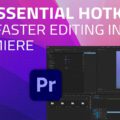
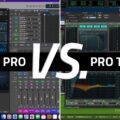
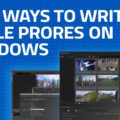
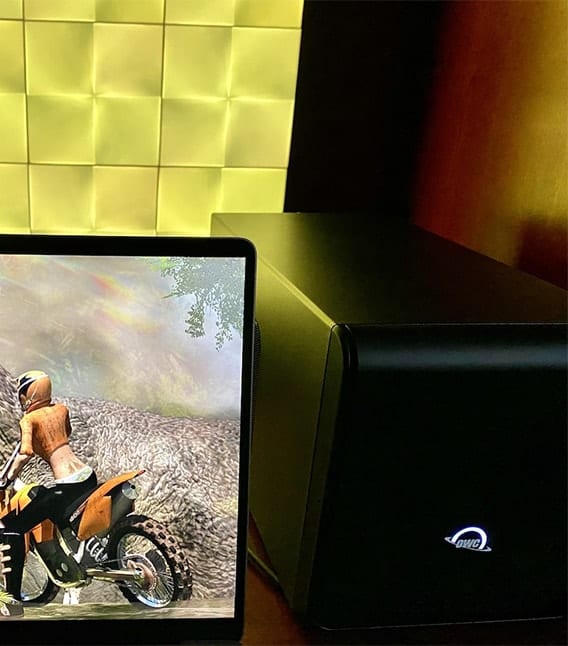
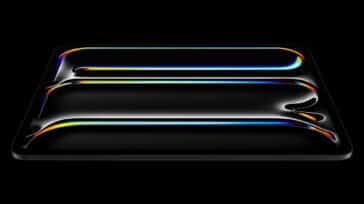
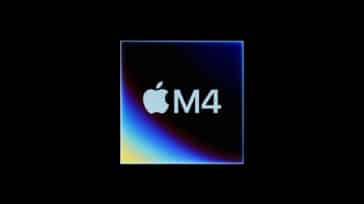




How do you power the HDX card? The cables that come with the Node Titan do not work with the HDX card. This is very relevant to all Pro Tools HDX users and should be a part of your article.
See Danielle’s Response below – third party cable connector.
What CPU power adapter cable is used for the HDX card installation? I bought the Node Titan and the power connectors it comes with do not fit the HDX card. Has anyone done this installation? It would be a great note to add to your article.
We don’t carry the Avid compatible cable but they are available online through other retailers- should be 4 to 6 pin.
I just completed a few tests with the updated Pro Tools (2022.12) and HDX card connected via Thunderbolt to a Macbook Pro with Apple M1 Pro, 16 GB Ram, and Running Monterey 12.3.
The card swap was easy, once I had the right power cable adapter (Sonnet Cable for Avid HDX)
Then you have to make the M1 play nice and update Pro Tools and the Avid HD Driver. Follow these steps.
How to Update HD Driver -https://avid.secure.force.com/pkb/articles/en_US/How_To/Avid-HD-Driver-Installation-on-macOS
Restart Mac M1 in Recovery Mode – https://support.apple.com/en-gb/guide/mac-help/mchl82829c17/mac
Find HD Drive and Download – https://avid.secure.force.com/pkb/articles/download/en379411
How to Reset HDX Firmware (if needed) – https://avid.secure.force.com/pkb/articles/en_US/how_to/Reset-HDX-firmware
So once I got everything talking to each other, Pro Tools wanted me to update the HDX firmware. After the update and a few restarts later everything is working. I even swapped the HDX card with updated firmware back to the Mac Pro (Mid-2012/OS Mojave 10.14.6/12 core 3.33GHz Xeon/RX 570 8GB GPU) and Pro Tools (2022.12) is working great there too. I will post a video of the process soon. Thanks for the advice.
Thanks so much for giving this solution a try and thanks for posting such in-depth feedback!
Is it compatible with m1 + m2 Macs?
Hi Peter. Unfortunately no, eGPUs are not supported by machines with Apple silicon.
Question.
I do key art creative and the files can get quite large (20gb and up) and are challenging for my fully loaded 2020 iMac which has two, 2tb Envoys as scratch discs.
Is there anything like what is used here for my situation?
Depending on your hardware configuration and the software, an external GPU – eGPU in the Akitio node might be a great choice.
Thanks Jeff!!
I’m a happy Node Duo user connected to my MacStudio. The device contain two PCIe: RME AiO Pro plus WCModule and a BM Decklink mini monitor. They both worked flawlessly with my iMac 2019 and now with the superb MaxStudio. I haven’t compared prices but PCIe AUDIO/VIDEO interfaces usually have better price then their equivalent equipped with Thunderbolt. I don’t think it’s a bad option use PCIe chasis expansion